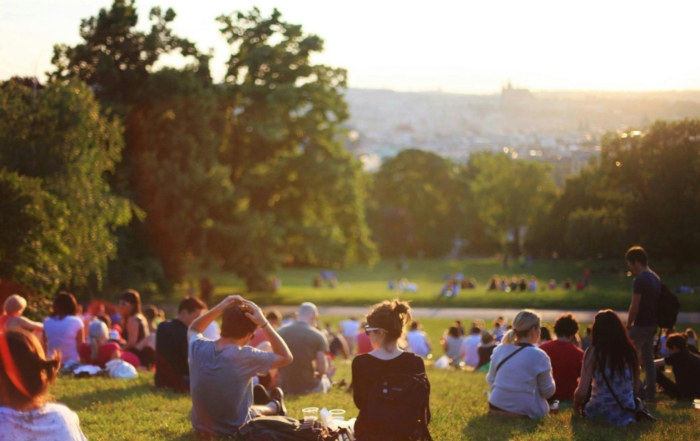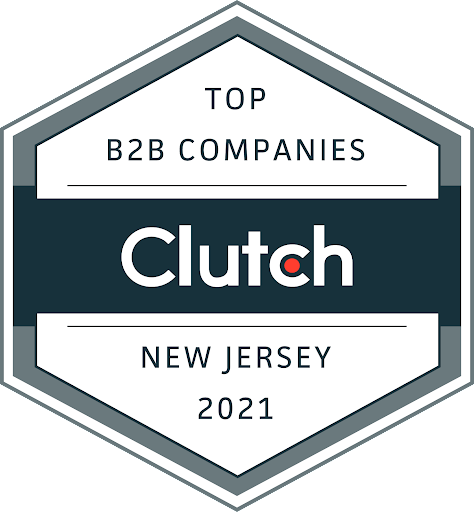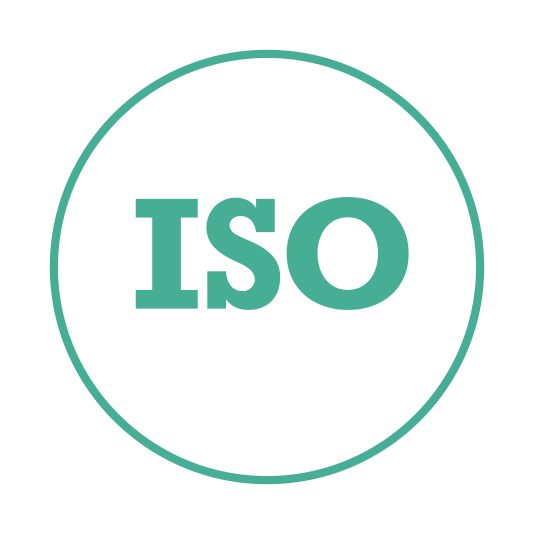Embracing Empathetic Design to Create Intuitive Solutions for Clients
![]()
Written by: Nicole Hunt

For Vlad Gorshkov, Design Director at Urban Emu, empathy is the cornerstone of effective and insightful design. From his childhood experience of immigrating from Ukraine, to the lessons he learned working with customers at an Apple store, Vlad knows that taking the time to understand someone else’s experience is an essential part of purposeful design work. He’s also a pretty big fan of vinyls and vintage ads. We’re so fortunate that Vlad is a part of the Urban Emu team.
Q. You’re the Design Director at Urban Emu. Can you describe a typical day for you in that role?
A. My days revolve primarily around overseeing and guiding our design projects. I usually start by checking the status of various projects using our project management tool to see what’s on track and where my team might need support. Much of my day is spent in design environments like Figma and Adobe software, and I occasionally use After Effects for quick animations.
We’re currently redesigning a web tool that requires daily collaboration with our Development team. My role involves ensuring that the transition from design in Figma to functional code is seamless. I find this aspect of my job particularly rewarding because it allows me to solve design and user experience issues in real time, making quick adjustments as needed. It’s a dynamic process that keeps me engaged and constantly thinking on my feet.
Q. How did you get started in design work?
A. My fascination with graphic and visual design really started with my love of technology and grew through marketing and advertising. I was particularly intrigued by vintage magazine ads, which were vastly different in style and execution compared to today’s designs. These early explorations sparked my appreciation for storytelling through design—considering how it influences the viewer’s thoughts, feelings, and actions.
Additionally, my passion for contemporary and modern art continually fuels my creativity. The way these art forms challenge viewers to interpret and engage with the work inspires me to integrate similar thought-provoking elements into my own designs. This blend of historical influences and modern art continues to drive my approach to design, encouraging me to explore and innovate continually.
My first official job in design was as a Creative at an Apple Store in the DC area, where I not only immersed myself in technology and design software but also began to hone a crucial skill that has become a cornerstone of my work today: empathy. In this role, I was tasked with guiding a diverse range of customers through their creative projects, using Apple’s products and software. It was here that I learned to truly listen and connect with users, understanding their needs and aspirations. This early exposure to empathetic design has profoundly influenced my approach to projects as a Design Director.
Q. This is my first time hearing about empathetic design. How do you integrate empathy into your work on a daily basis?
A. Empathy plays a central role in my approach to design development. Moving from Ukraine at an early age has profoundly shaped my perspective, reminding me of my roots and the journey I’ve taken to get where I am today. This awareness instills a deep sense of humility and enables me to naturally empathize with our clients and their objectives. I recognize that their primary aim is to achieve the best possible outcome, and I’m committed to helping them get there. This commitment is reflected in our design work, storytelling, and prioritizing ease of use—it’s fundamental in any collaborative effort.
In my work, caring about the end result is crucial because these designs often have a lasting presence. I strive to ensure that anything I create or contribute to doesn’t just exist but serves a purpose and meets high standards. For instance, in one of my previous roles at a large meetings and events software company, I was involved in developing the design language and branding for a large annual conference. This role took me to a major event in Las Vegas attended by 3,000 corporate meeting and event planners. It was an invaluable opportunity to interact directly with users, gather their feedback, and see firsthand how my work impacted their experience—whether positively or negatively. These interactions are vital; they not only inform our design strategies but also reinforce the importance of empathy in creating designs that truly resonate with users.
Q. That sounds like fascinating work. I know that in addition to that software company, you also previously worked as a Design Director at a public survey company, translating consumer survey responses into actionable insights for businesses. What kind of projects did you do there?
A. Yes, absolutely. At that job, our main task was to take large sums of data and translate them into consumer-friendly designs to tell a compelling narrative about the data. This role presented a complex yet fascinating challenge.
One particularly memorable project from that time was developing a public report during the early stages of the COVID-19 pandemic. With the shift to remote work, our team, comprising exceptionally talented visual designers and marketing professionals, collaborated closely with data scientists to analyze survey data collected in the pandemic’s initial weeks. Our goal was to educate brands on how they should adapt their marketing strategies during the early months of the crisis.
Our findings revealed intriguing insights, such as the negative impact of TV and digital ads that depicted people in close physical contact—scenes of touching and hugging—which turned viewers away from those brands. We provided guidelines on effective marketing and branding messaging that resonated with the context of the pandemic. This report, disseminated among Fortune 500 companies, led many to engage with us further for deeper data analysis. The success of this project was significant; not only did it fulfill an immediate need by employing thoughtful design to communicate vital information, but it also positioned us as one of the first companies to offer public opinion data from a brand perspective on COVID-19 responses.
Q. What an interesting project! What’s your approach to translating data into design?
A. Translating complex data into clear and visually compelling graphics is an art form I’ve honed through collaboration with talented data scientists and visual designers. Ultimately, it starts with sifting through extensive datasets to uncover essential messages and discernible patterns. It’s about finding that one storyline that can emerge from the data—this doesn’t happen every time, but when it does, it’s a real ‘Aha!’ moment.
Once we identify a clear narrative within the data, my role is to create a visual representation that effectively communicates that narrative. I lean towards simplicity and minimalism in my designs. If the data tells the story well, there’s no need to overcomplicate the visual elements. Keeping the design straightforward ensures it enhances rather than obscures the data’s message.
An essential part of my process is always considering the end user. I ask myself if the design is clear enough for someone to understand at a glance without getting lost in unnecessary details. This user-centric approach, coupled with my background in accessibility in design, ensures that our visuals are not only appealing but also accessible to a broad audience. By integrating these principles, I strive to create designs that are not only aesthetically pleasing but also universally understandable. Really, it all comes back to empathetic design.
Q. Earlier, you mentioned a love of technology. What are you most excited about for the future of tech in design?
A. I’m particularly excited about the strides being made in automation and robotics. It feels as though we’ve had the necessary hardware for a while but lacked the sophisticated AI required to bring robots into our daily lives. Now that we’re approaching this reality, my excitement only grows.
What’s thrilling is not just the development of technology itself but how it’s beginning to permeate our everyday environments through smarter software. I am especially enthusiastic about the potential for AI to revolutionize industries that desperately need innovation, such as healthcare, scientific research, and space exploration.
It’s an exhilarating time, and I believe this century could very well be defined by the rise of robotics and AI, reshaping our future in profound ways. Personally, I’m also looking forward to seeing all the new opportunities for design work that come about because of these advancements.
Q. Tell me about your Starbucks Card collection. What got you interested in collecting them, and how did that collection start?
A. Who told you about my Starbucks Card collection? Just kidding. I actually often forget I even have it! It began quite whimsically—I noticed that each Starbucks card featured a unique design, much like stamps, and that piqued my curiosity. What started as a small, playful collection turned into a significant endeavor, and 15 years later, I find myself the owner of over 3,000 unique and often very rare Starbucks gift cards. I even traded a few at one point, which was a fun way to engage with other collectors and explore new designs. The cards brought me a lot of joy, serving as tiny canvases of great design and creativity. However, I’ve stopped collecting new cards since Starbucks switched to paper versions, which don’t have the same appeal due to their lack of durability.
Maybe in the future, I’ll find a creative way to display them or repurpose this collection into a design project.
Q. What’s your favorite thing about working at Urban Emu?
A. My favorite aspect of working at Urban Emu is definitely the people and the purpose-driven projects we undertake. The team here is not only talented but also incredibly easygoing, creating a dynamic and supportive work environment. There’s a genuine sense of care and commitment towards our clients and the projects we handle, especially those that directly impact the general public and address government challenges.
I particularly enjoy our work on projects like the USDA’s MyPlate and a diagnostic tool to help veterans who might be suffering trauma. These projects stand out as highlights because they offer tangible solutions to real-world problems, and knowing that they will benefit Americans for years to come is incredibly fulfilling. It’s exhilarating to be part of a team that contributes to such impactful and meaningful work.
We’re so grateful to have Vlad on our team to bring empathetic design to our clients. Stay tuned for more teammate spotlights.
Contact Us
Urban Emu is an experience agency proudly driven by a singular mission: to transform the way humans live. We achieve this through a powerful fusion of design, technology, and communications, creating unparalleled online and offline experiences.
We love to hear about ideas big or small. Please don’t hesitate to get in touch with us regarding your project.
Email: hello@urbanemu.com

